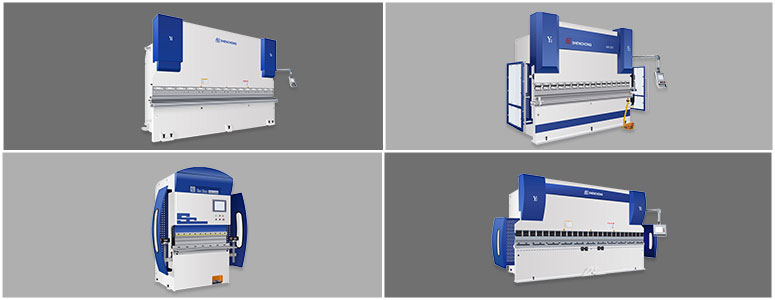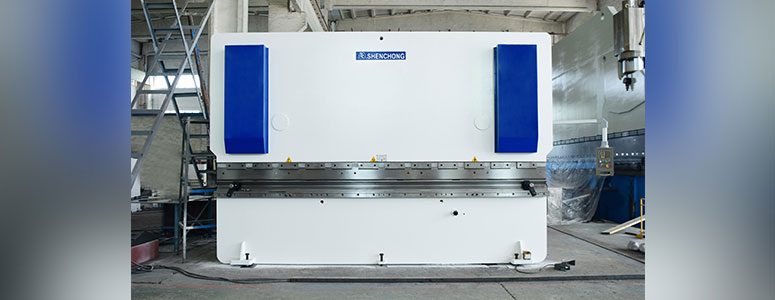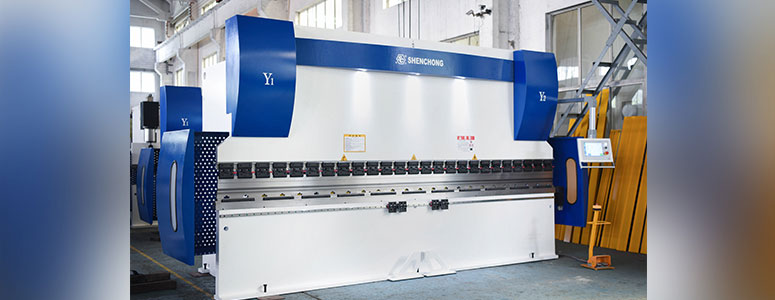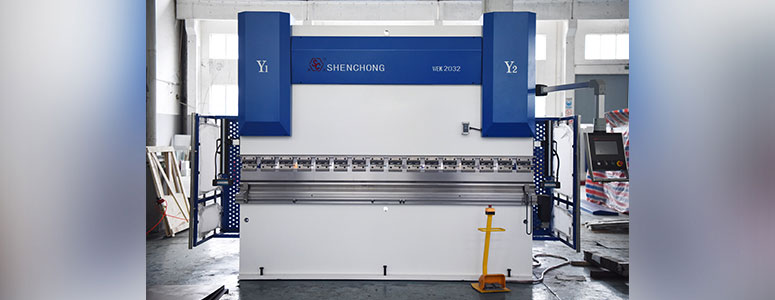
Since the invention of the press brake, industries have grown and changed. The press brake has changed with them to stay relevant and remain a fixture in production.
Today, press brakes are one of the most widely used machines in the production of many different tools, parts, and structures. Different types of safety precautions, energy efficiency levels, and speed of operation and production are also factors in different types of press brakes.

Press brakes can be classified into two schools of thought, principle, and operation.
The principle of a press brake is to assist in the manufacturing process to create workpieces. A press brake is used for bending and forming various metal materials like aluminum, copper, iron, stainless steel, etc, and as a press to complete break forming, die forming, leveling, riveting, etc.
The operation of a press brake is the actual means of how a press brake works. There are different types of press brakes like hydraulic, CNC, hand-crank, hybrid, and more. Press brakes are different sizes and can bend or form different sizes of workpieces.
All press brakes have a similar goal, to bend the workpiece. However, different types of press brakes can produce results faster and more accurately. Energy efficiency and conserving electricity also vary depending on the type of press brake.
Safety measures are different for different press brakes as well. CNC and hybrid press brakes usually have light beam or laser protection, while torsion bar press brakes have guards.
There are three press brakes that see the most usage across all industries; the Torsion bar press brake, CNC press brake, and hybrid press brake. These are no the only three types, but they are the most widely used.
Press brakes have been a mainstay in many industries for decades. A consistent stream of improvements and evolutions have kept the press brakes at the forefront. As demand has surged, press brake manufacturers have continued to develop modern press brakes to keep up.
Today, many companies offer services as press brake operators and take orders from customers to create the workpieces they need. Companies within many industries also purchase their own press brakes for their own production.
– Torsion Bar Press Brake

Torsion bar press brakes are an older machine type. They are usually not offered by Western manufacturers any longer, with the Chinese market remaining the only manufacturer.
Torsion bar press brakes require that all the bending is positioned in the middle of the press break top beam, which does not allow for multiple tooling setups along the bottom and top beams. Bending that is done off center can eventually cause a positional discrepancy between the two hydraulic cylinders that will require a positional recalibration of each hydraulic cylinder.
Torsion bar press brakes are not thought of as high accuracy, high specification press brakes. The number of CNC Controlled axis is usually limited to three.
Torsion bar press brakes are less energy efficient and less accurate than CNC and hybrid press brakes. Many industries have moved away from using torsion bar press brakes, but they are not completely obsolete.
– CNC Press Brake

CNC stands for Computer Numerically Controlled. CNC press brakes have either a fixed bottom bed with the V block tooling clamped in place and a top beam that travels under force with the V blade tools.
The reverse is an up forming machine with the bottom bend moving and the top beam fixed. Either method will produce the same components. Neither type is restricted by the design needed of the component.
CNC press brakes are programmed to accept the workpiece component flat bank at a specific distance, which is defined by the programmable backstop, also known as the point where the bend will be formed. The distance that the programmable V blade enters into the V block will define the angle of the final bend. If the V blade enters the V block further, then the final V bend will be tighter.
The CNC program positioning can generate angles and bend lengths of all kinds. A CNC press brake is run by a computerized system that the operators use. Different from other press brakes that are not fully computerized.
All-electric press brakes, like CNC models, do not use hydraulics to bend the metal, but instead, they use electric motors that drive the bending mechanisms. The motors turn on during the bending process and shut off automatically whenever the machine is not in use. Electric press brakes save electricity, have improved accuracy, and have faster output speeds.
– Hybrid Press Brake

Hybrid press brakes combine both hydraulic and electrical types. Hybrids do not have gear pumps like hydraulic press brake types do, but hybrid press brakes do use hydraulics to assist with the bending process. A servo-drive system is used to direct the flow of hydraulic fluid into the machine’s cylinders.
Like electric press brakes, the Hybrid will shut off whenever a bending function is not being performed. This helps save energy and electricity. Hybrid press brakes are great for shops that need the means to create parts that require up to 250 metric tons of bending power.
Hybrid press brakes generally conserve more energy than the other two. Hybrid press brakes are quieter while operating than CNC or torsion bar press brakes. Hybrids are more accurate than torsion bar press brakes. Some hybrid press brakes have independent hydraulic systems for each side of the press brake and each cylinder has its own motor and valve controlling it.
Hybrid press brakes are fast working machines and are faster than torsion bar and CNC. Many hybrid press brakes are outfitted with laser safety protection, making hybrids an ideal safety model for operators.